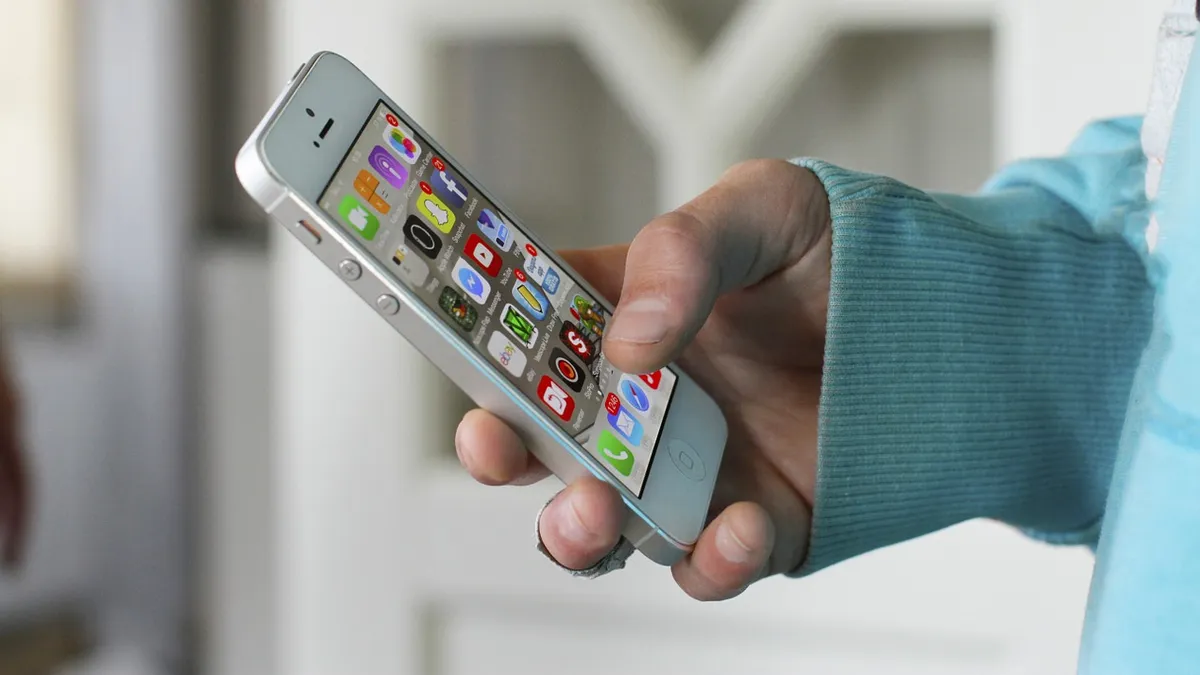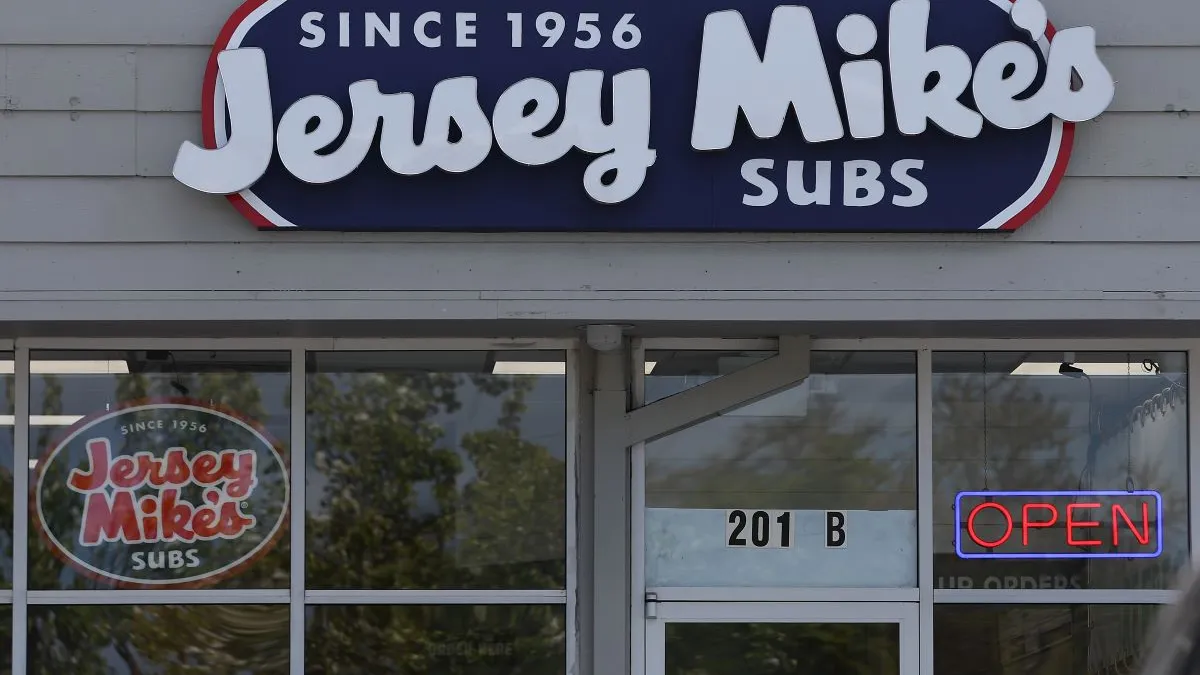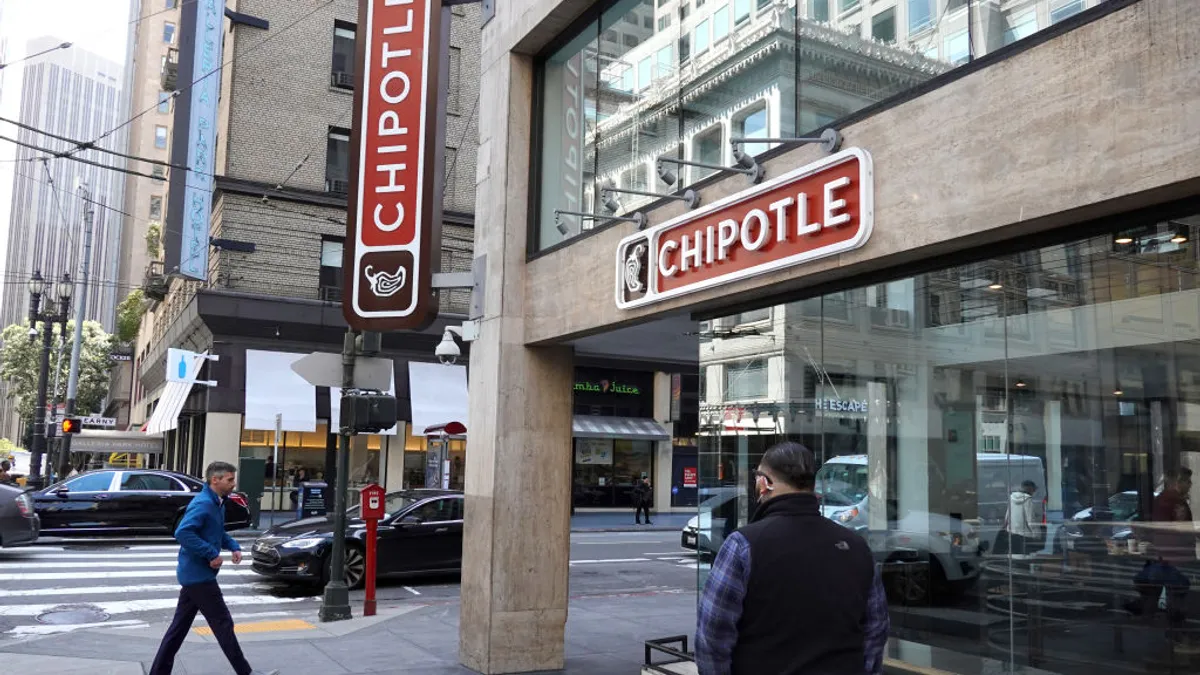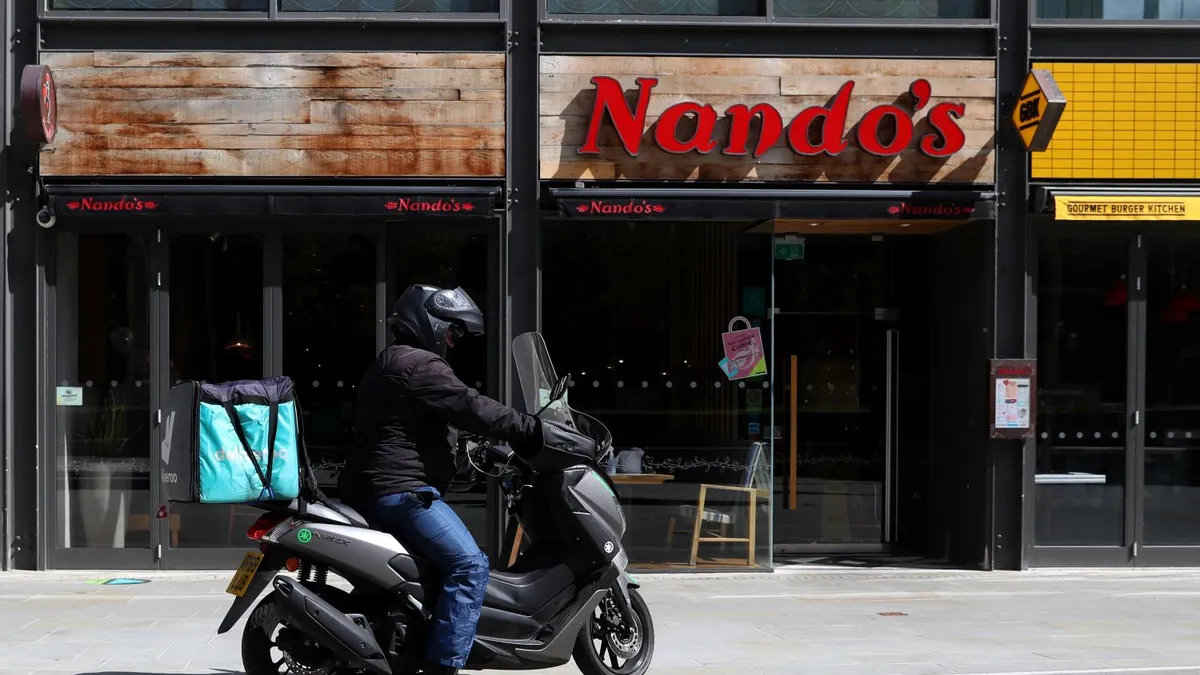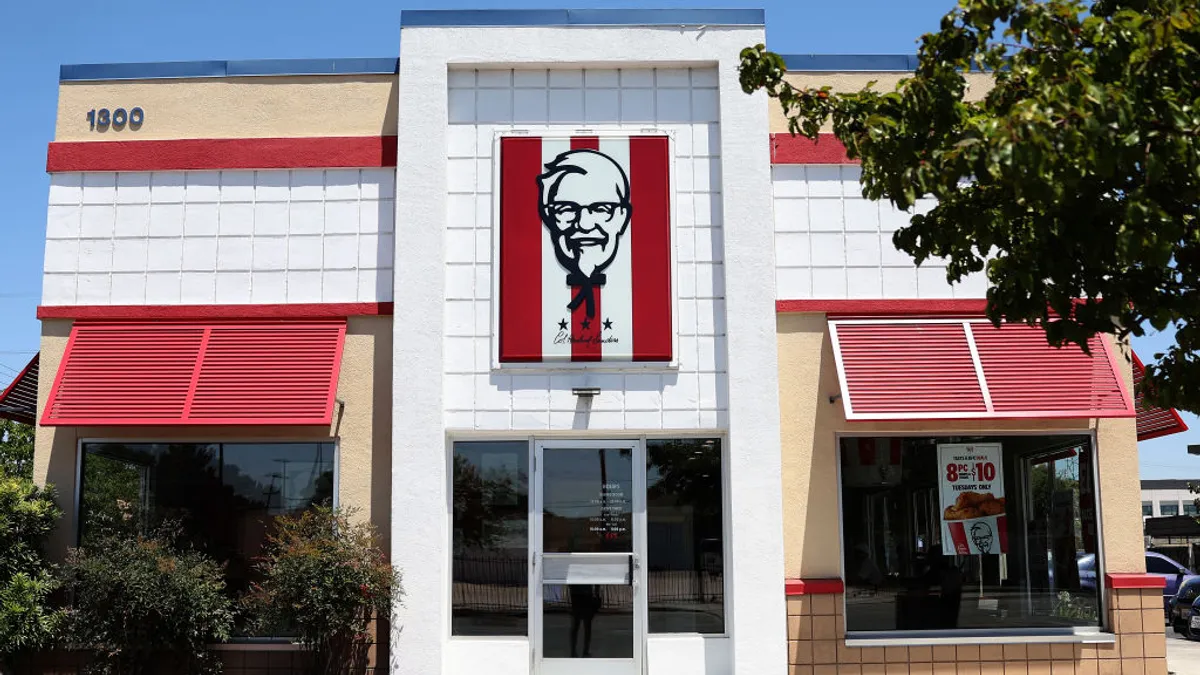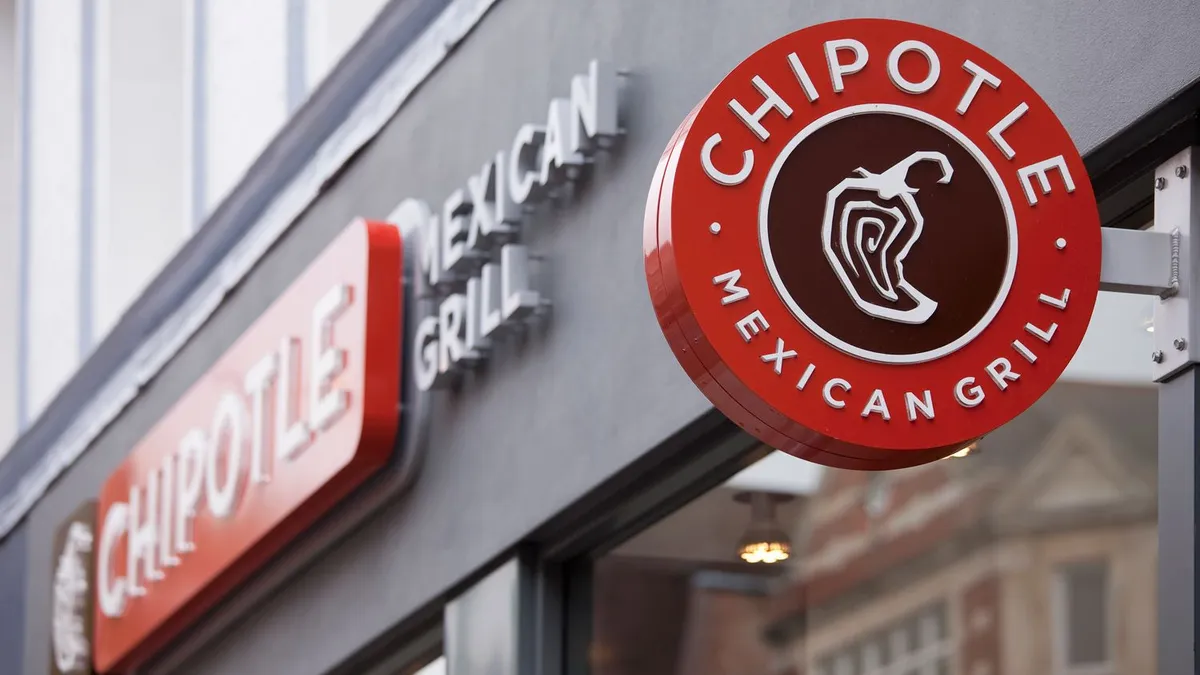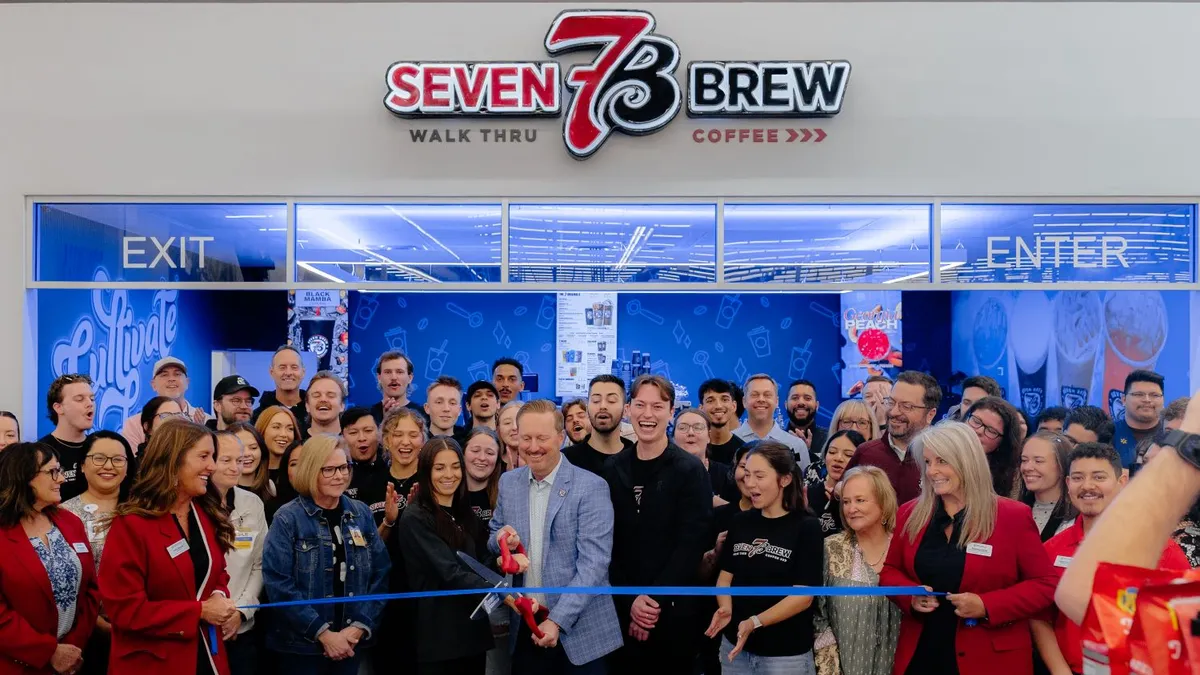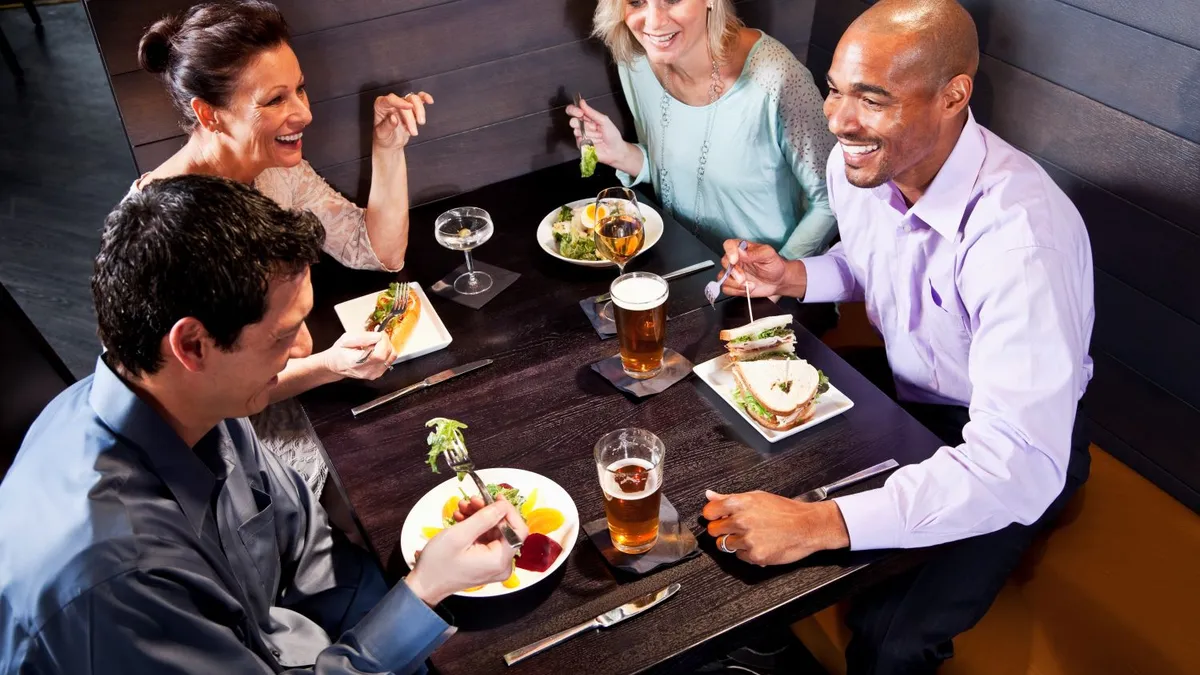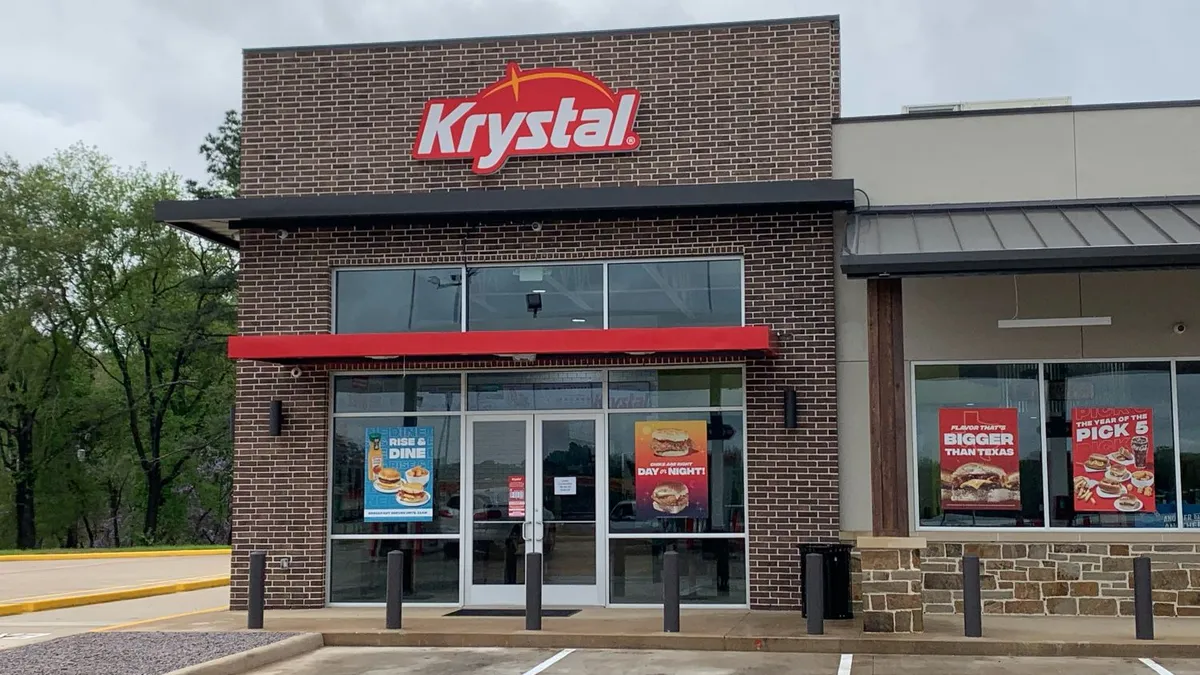Ray Reddy is the CEO of Toronto-based Ritual.
The rapid growth of delivery services like Uber Eats and Foodora has served up some scary stories about the death of restaurants as we know them. While this narrative is overcooked, the implications are worth digesting: The restaurant experience is being disrupted, but the ones that continue serving us will have adapted to survive. As I see it, the best route to sustainability — especially for quick-serve and fast casual outlets — will be a hybrid model that balances a smaller number of walk-in customers with the bulk of revenues coming from online delivery services and mobile apps that let others order ahead.
David Chang, the high-profile American chef behind Momofuku, spoke for many restaurateurs when he admitted that he didn't know how to make a delivery-only restaurant work. Last year, he sold Ando, his delivery-only outlet, and beat a hasty retreat.
"Dark kitchens" like Ando were supposed to be the big winners in the market shift toward digital dining. Off-limits to the public and designed to ship orders with maximum efficiency, they are the food industry's version of Amazon fulfillment centers. But if star restaurants and well-known food chains can't turn a profit this way, who can?
Most restaurants simply aren't currently set up to meet demand from an array of consumer app delivery requests. That's why it's no longer a question of whether restaurateurs will have to adapt. They do. Here’s a few paths I believe they can take to move swiftly and compete well into the future:
Fewer cash desks and seats. Anyone who buys their morning coffee at Starbucks knows how its wildly successful app affects crowd control in its stores. Many customers now bypass the cash but end up in a throng of people trying to figure out which macchiato is theirs at the bar. This new customer flow will change how owners design the stores we visit: They'll prioritize large, obvious pickup counters or concierges over cash desks. In some cases, especially at quick-service outlets, we may find fewer seats, pushed back in the store, making way for larger kitchens with specialized workflows for in-house and delivery orders.
Menu boards 2.0. For years, restaurant owners have carefully crafted menu boards to entice customers off the street and subtly guide them toward the highest-margin items. But the rules of the game are different for digital. Wordsmithed meal descriptions are less important than high-quality photography, competitive pricing and careful ordering of food items in response to customer demand. (Think of the bright touchscreen menu stands we now find at McDonald's.) When we order online, we'll pay dynamic prices, which help restaurants manage demand. For instance, we'll get automatic discounts for app orders placed outside the lunch or dinner rushes. Owners will also frequently tweak the prices we pay to maintain their profit margins as ingredient costs fluctuate.
Location doesn't matter. Restaurants tend to cluster together on high-traffic streets to attract us as we walk past. But the new visibility is digital. And when we order online, we care about speed and price, not whether pickup is at a busy intersection or on a quiet side street. That greatly increases the range of viable locations and it's likely that restaurants, especially of the mom-and-pop variety, will reduce their footprints in high-cost rental districts and start surfacing in lower-profile areas. As their rents go down, smart owners will either pass along the savings to us or spend more to boost their online visibility. The end of walk-in traffic could also lead to interesting outcomes, including hyper-specialization — more restaurants that specialize in just a handful of dishes.
Data drives decisions. In the restaurant business, paper-thin margins leave little room for error. But owners have traditionally had too few indicators, beyond periodic sales and profit updates, of looming trouble before it's too late. But with every order we place through an online app, sophisticated information flows back to the restaurant. Owners learn not just what we buy the most of, but which dishes we come back for and which items we buy together. This data can also instantly flag our dissatisfaction with errors or poor service that can lead to quick action, rather than the slow decline and closure of a beloved lunch spot. We'll see fewer chefs getting by on intuition — and more who are hiring data analysts to understand what we want when, and at what price.
The restaurant industry has always been volatile and 80% of new ventures fail within five years. But digital is fundamentally changing the food game: As customers, we were already relying on smartphones for restaurant reviews and bookings. Now, we want to order ahead online to save time and maximize convenience. The side hustle of online ordering is rapidly becoming a main gig. While challenges to gain and retain customers will persist, I believe the most successful restaurants will undoubtedly be the ones that best use digital tools and data to adapt.


